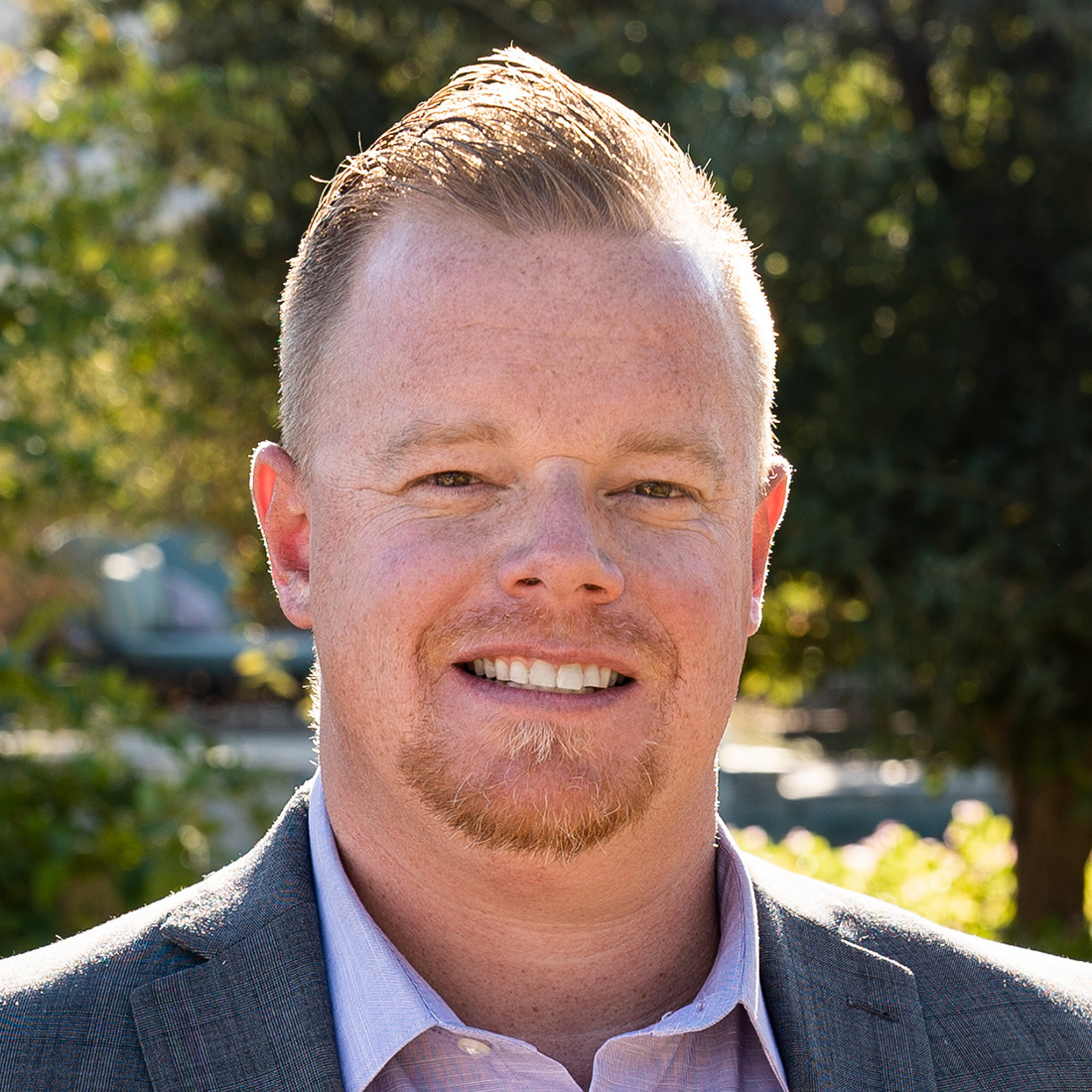How Employers Should Evaluate the Shift from Fully Insured Health Plans
Self-funding is an alternative approach where employers directly manage and fund healthcare claims, allowing greater transparency, flexibility, and control over healthcare costs. This feasibility study, prepared by Axene Health Partners, LLC, outlines the critical steps employers should consider when evaluating a transition from fully insured to self-funded plans.
With healthcare costs rising and employer frustration with traditional insurance models growing, many organizations are reevaluating how they fund employee health benefits. One increasingly attractive option is transitioning from a fully insured health plan to a self-funded (or self-insured) model. The move to self-funding is a significant shift, requiring careful analysis of financial, operational, and compliance factors. To make an informed decision, employers typically begin with a self-funded feasibility study—a comprehensive process that evaluates whether self-funding is a viable and sustainable alternative.
Here’s how that process works and why working with an experienced actuarial partner like Axene Health Partners, LLC can make all the difference when deciding to self-fund your employee benefits offerings. The following eight steps are a framework to use when considering self-funding.
1. Review of Current Plan Performance
The first step in doing a feasibility study is understanding how the current fully insured plan is performing. Employers evaluate:
- Historical premiums paid vs. claims incurred over the last 2–3 years (Loss Ratio Analysis)
- Administrative costs and carrier margins
- Benefit designs and how they align with employee needs
This baseline provides a starting point for assessing the potential advantages of self-funding. An actuarial team can help validate trends, identify inefficiencies, and set the stage for a meaningful comparison. Depending on the outcome of step 1, a group will either continue through the next steps or press pause on the idea of self-funding.
2. Claims Experience Evaluation
Claims data is critical in evaluating the financial risk of a group, and properly understanding the claims experience will help better project the potential future claims costs for a group. A group can have a bad loss ratio from step 1 above and still be a candidate for self-funding. This happens when the group’s claims are found to be either an aberration or if there are significant changes expected in the future that will cause reduced claims going forward. Actuarial experts analyze:
- Historical claims trends related to medical payments and utilization
- Deep dive into pharmacy claims, RX rebates, and projected changes to formularies.
- Large claim activity and the potential impact of moving from fully insured pooling to stop-loss coverage. This includes differentiating from one-time shock events and ongoing large claim activity.
- Normalized projections of expected claims in future periods in a self-funded model
Partnering with a firm like Axene Health Partners ensures advanced actuarial modeling techniques are used, producing credible and tailored projections rooted in experience and market insights.
3. Risk Assessment
Self-funding introduces variability in monthly and annual healthcare spending. Risk appetites need to be defined, and fully educating the group on the risks involved is crucial to success. This should include understanding cash flow management and the potential need for cash infusions and reserves. To manage that risk, feasibility studies include:
- Stop-loss insurance modeling (specific and aggregate coverage)
- Cash flow projections and claim volatility scenarios
- Reserve estimates (e.g., Incurred but Not Reported, or IBNR liabilities)
Actuaries play a key role in stress-testing various financial scenarios, quantifying risk exposure, and helping employers understand the cost of risk versus the potential for reward. Many can view risk as a bad thing, but when understood clearly, it can turn into a good opportunity for a group.
4. Cost Comparison Modeling
At the heart of the feasibility study is a side-by-side financial comparison between the current fully insured costs and projected self-funded costs. There is often limited data available for a fully insured group, but to the extent possible, it is important to do side by side comparisons of the cost. Insurance companies have many of the same costs of self-insurance but are often labeled differently as part of the cost of doing business. When self-insuring, you are no longer part of a large pool of members but rather are now independent and have to offset the risk with other risk-reducing mechanisms. This includes:
- Claims funding projections
- Stop-loss premiums
- Administrative fees (for TPAs, PBMs, etc.)
- Third-party vendor costs/cost containment costs
- Taxes and ACA-related costs
With actuarial support, these models are customized, statistically credible, and presented in ways that support sound decision-making. Axene Health Partners brings deep expertise in healthcare modeling and benefit optimization to guide clients through this analysis.
5. Plan Design Opportunities
Self-funding allows for greater flexibility in plan design, which can improve both cost management and employee experience. During the study, employers explore:
- Custom plan designs that are aligned with the needs of the population and the goals of the corporation.
- Wellness, Disease Management, and Cost Containment opportunities
- Vendors for network steerage, reference-based pricing, or ancillary benefits.
Actuaries can quantify the potential impact of these plan innovations and help structure benefits that balance cost, access, and quality.
6. Regulatory & Compliance Considerations
With greater control comes greater responsibility. Feasibility studies assess:
- Applicability of ERISA and federal preemption of state insurance laws
- Compliance with HIPAA, COBRA, ACA, and other federal regulations
- Internal capabilities to meet new administrative and reporting requirements
While not legal advisors, actuaries—especially those with healthcare specialization—help align financial strategies with regulatory requirements and mitigate compliance-related risks.
7. Vendor Landscape and Selection
Choosing the right partners is essential for a successful self-funded transition. Some vendors are bundled, while other are a la cart. Vendors make guarantees, and having an actuary help with vendor selection can help set baseline performance and also assess the validity of guarantees. The study typically includes a vendor review, especially related to:
- Third-Party Administrators (TPAs) for claims processing and customer service
- Pharmacy Benefit Managers (PBMs) for managing prescription drug spend
- Stop-loss carriers for financial protection against large or aggregate claims
- Networks and repricing partners for cost control and access
- Other Cost Containment Vendors: for utilization management, care management, alternative sourcing of drugs, disease-specific vendors (Cancer, etc.)
AHP’s actuarial consultants bring experience from across the healthcare ecosystem, helping employers evaluate vendors based on pricing, performance guarantees, and alignment with strategic goals. We are independent and have financial or other relationship with vendors that will cloud our view and analysis.
8. Implementation Planning
Even if the numbers work, implementation readiness is key. The feasibility study concludes with an assessment of:
- Organizational preparedness (finance, HR, legal, systems)
- Required timelines for vendor onboarding and employee communication
- Governance models for claims oversight and reserve management
- Ongoing reporting and performance monitoring processes
With an actuarial partner involved from start to finish, employers benefit from a structured and confident transition strategy—and a clear set of metrics to track success going forward.
Why Work with an Actuary from Axene Health Partners?
Self-funding is more than just a financial move—it’s a strategic transformation. Actuaries from Axene Health Partners, LLC bring:
- Deep healthcare domain expertise
- Experience across employers, health plans, and providers
- Advanced modeling techniques that reflect real-world dynamics
- A client-first mindset focused on delivering actionable insight
Whether guiding a mid-sized employer through its first feasibility study or advising a large organization on advanced value-based strategies, AHP’s actuarial consultants provide the clarity and confidence organizations need to make informed, forward-looking decisions.
Final Thoughts
A well-executed feasibility study provides a structured, data-driven framework to evaluate whether self-funding makes sense. It uncovers potential savings, identifies operational risks, and outlines a roadmap for execution. While self-funding isn’t a fit for every organization, for many, it offers a path toward greater transparency, flexibility, and control over their health benefit spend.
And with the right actuarial partner—like Axene Health Partners—employers are equipped with not only the data but the strategic insight to make the right move, at the right time.
Glossary of Key Terms
IBNR (Incurred But Not Reported): Reserves set aside for claims that have occurred but have not yet been reported or paid.
Stop-loss Insurance: Protection against high-cost claims either individually or in aggregate.
Specific Coverage: Insurance to protect against very high claims from individual members.
Aggregate Coverage: Coverage to protect against the risk of high total claims across the entire employee group.
Loss Ratio: Percentage of premiums used to pay claims, an indicator of plan efficiency.
Pooling: Sharing of risk across multiple insured groups to manage unusually high claim costs.
Any views or opinions presented in this article are solely those of the author and do not necessarily represent those of the company. AHP accepts no liability for the content of this article, or for the consequences of any actions taken on the basis of the information provided unless that information is subsequently confirmed in writing.

